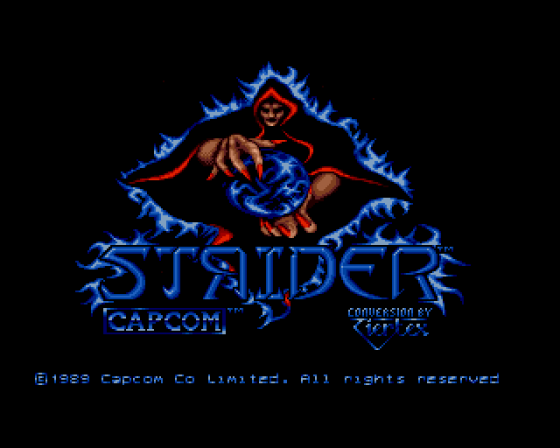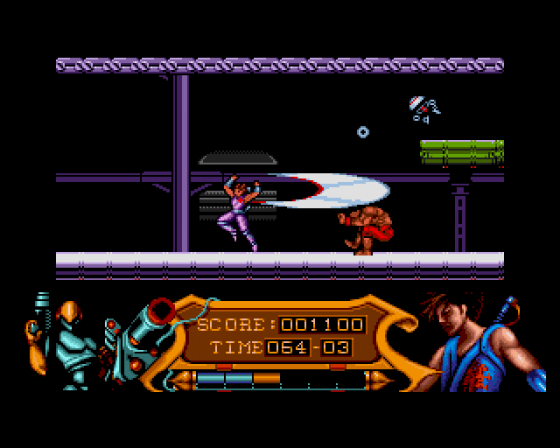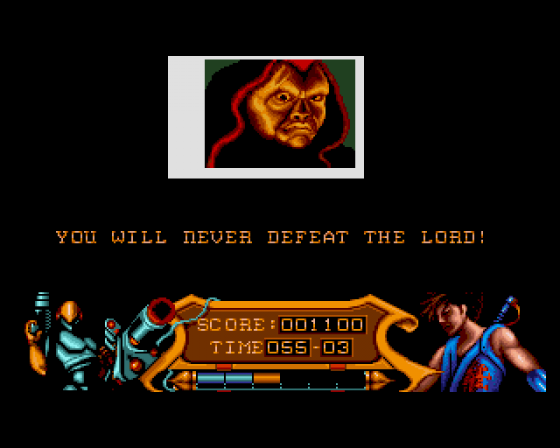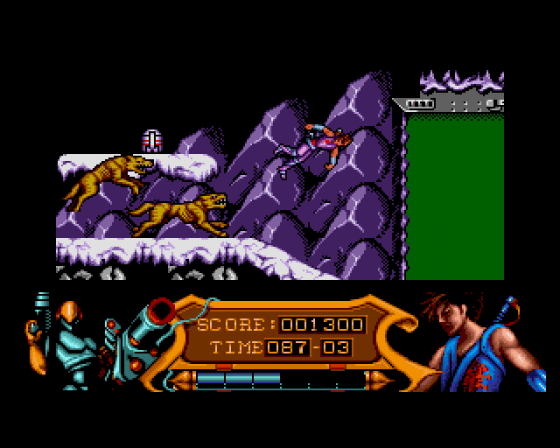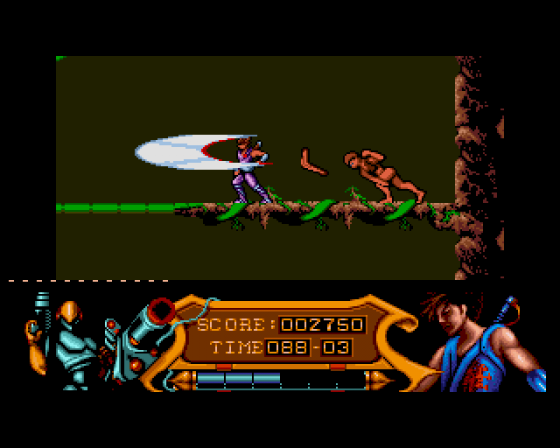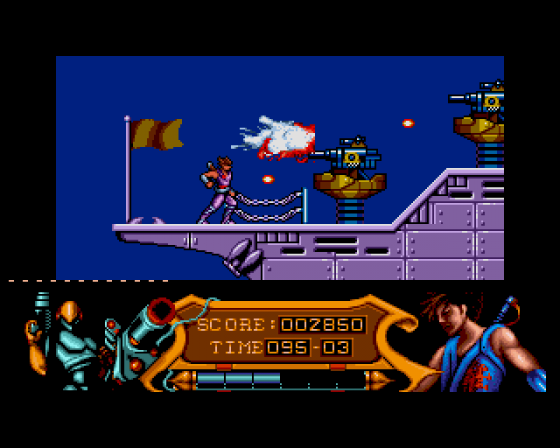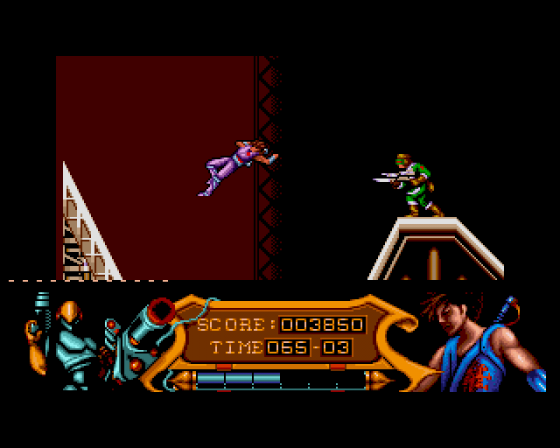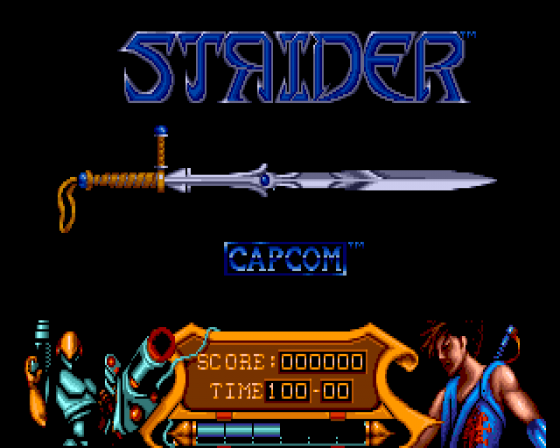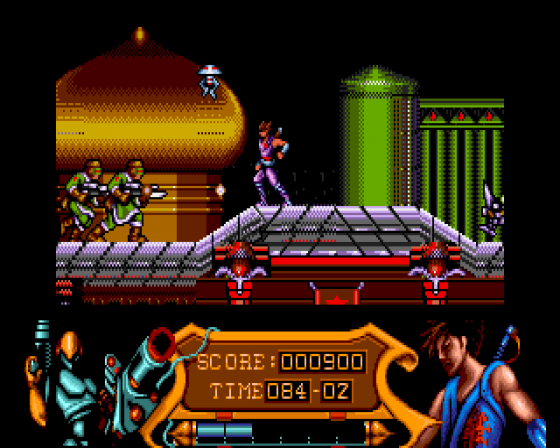Other Reviews Of Strider For The Amiga 500
Strider (US Gold)
One small step for man, one giant stride forward for US Gold
Strider (U. S. Gold)
The hero of US Gold's conversion of the Capcom coin-op is such an athletic all-rounder he makes Daley Thompson look like... well, Gary Whitta really.


 1st August 1989
1st August 1989
